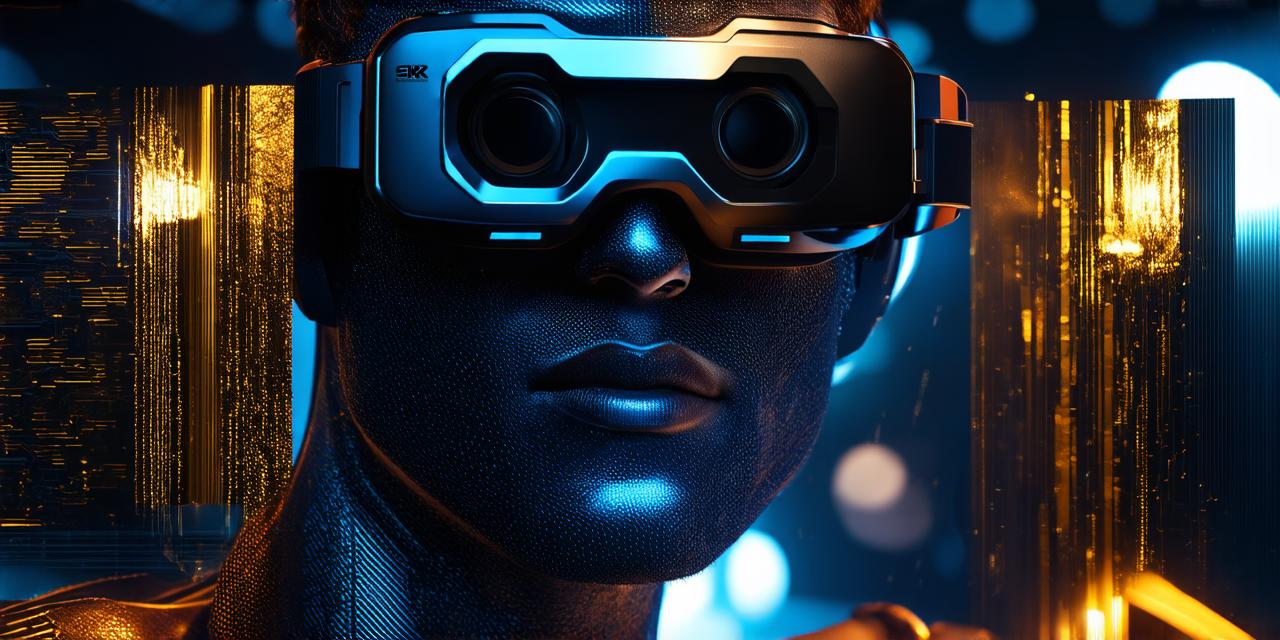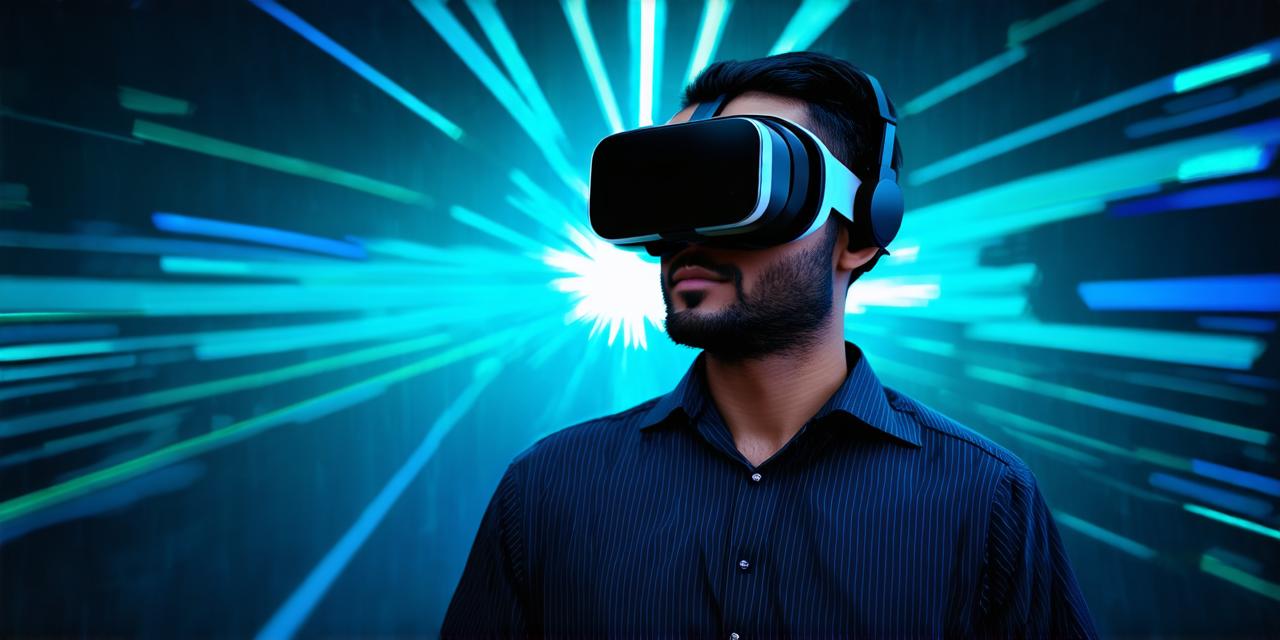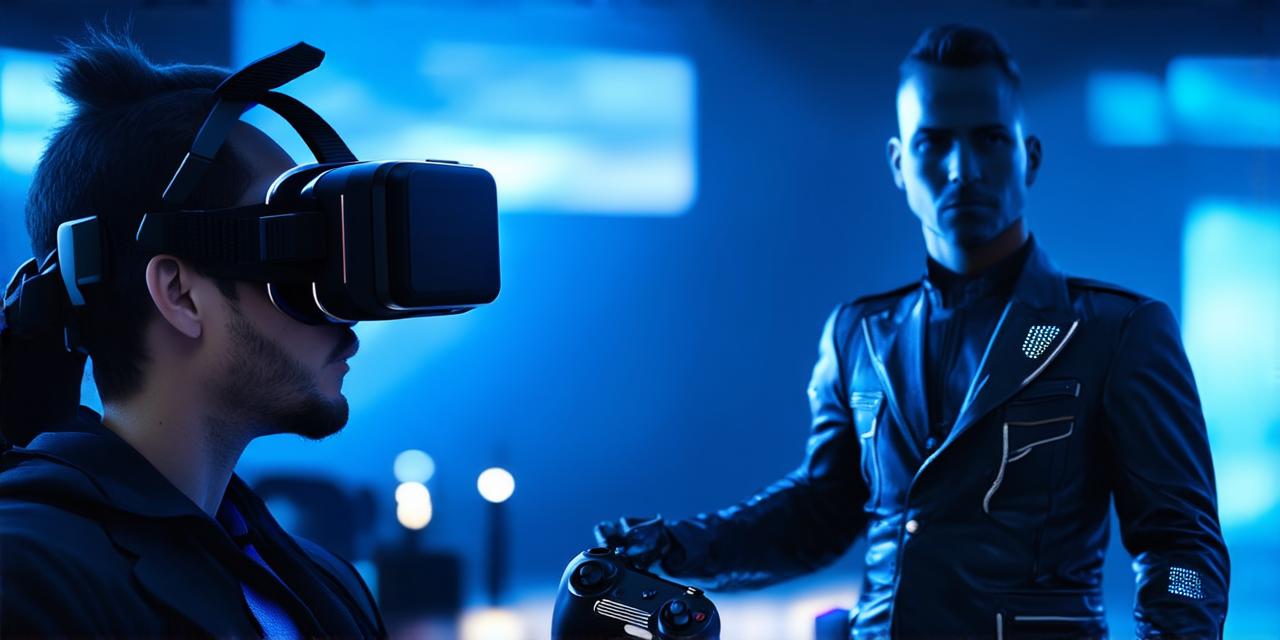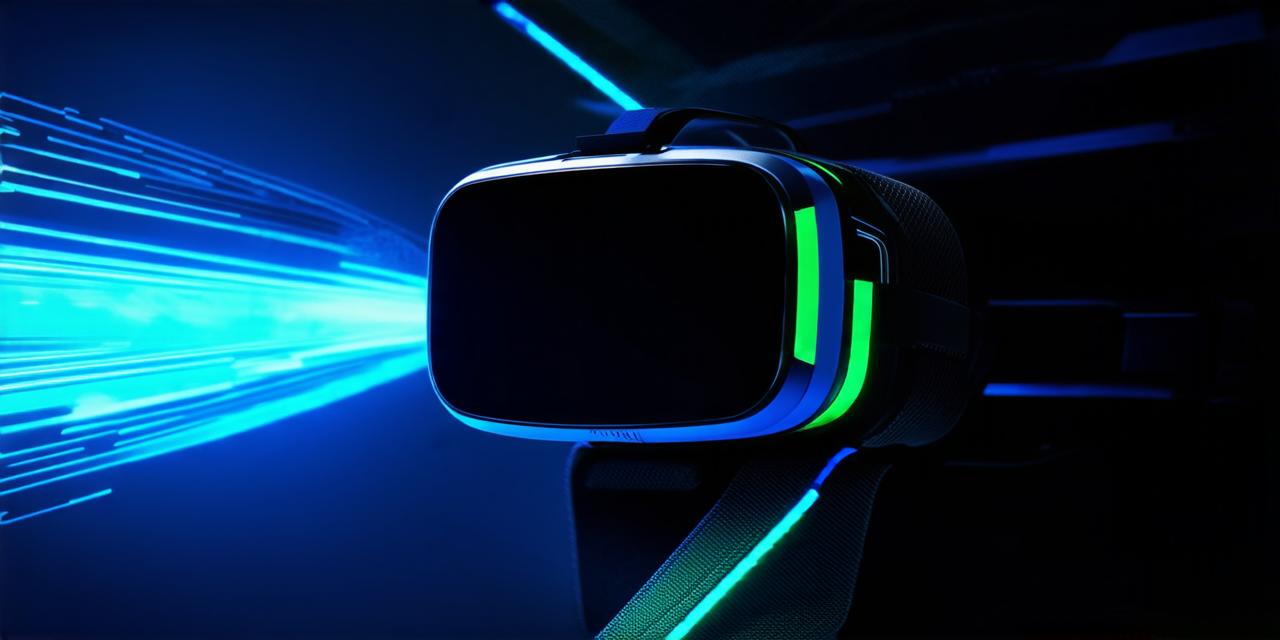
Virtual reality (VR) is an immersive technology that simulates a 3D environment in which users can interact and experience things as if they were real. VR has gained immense popularity in recent years, with applications ranging from gaming to education, healthcare, and more.
Virtual Reality in Gaming
Gaming is one of the most popular applications of VR. With VR headsets and controllers, users can enter a fully immersive gaming environment, making them feel like they are a part of the game. This technology has revolutionized the way people play games, allowing for more realistic and engaging experiences.
For example, VR games such as “Beat Saber” and “Job Simulator” have become incredibly popular among gamers who enjoy the immersive and interactive nature of these games.
Virtual Reality in Education
VR has also found its way into education, providing students with a unique learning experience that goes beyond traditional classroom settings. With VR, students can explore historical events, scientific phenomena, and cultural experiences as if they were real.
For example, students can virtually visit ancient civilizations or learn about the human body by exploring its various systems and functions in 3D.
Virtual Reality in Healthcare
The healthcare industry has also started to adopt VR technology to improve patient care and outcomes. With VR, doctors and patients can simulate surgical procedures, allowing for more accurate planning and execution of complex surgeries.
Additionally, VR can be used to treat mental health disorders such as anxiety and PTSD by exposing patients to controlled environments that simulate their triggers. For example, a soldier who experiences PTSD from combat can use VR to simulate battle scenarios and learn coping mechanisms to manage their symptoms.
Virtual Reality in Remote Collaboration
VR technology has also made it possible for remote teams to collaborate more effectively. With VR, team members can virtually meet in a shared 3D space, allowing them to interact with each other as if they were in the same room.
This technology has particularly been useful during the COVID-19 pandemic, where many companies have had to shift to remote work models. For example, architects can use VR to design and present their projects to clients in real-time, eliminating the need for physical meetings.
Benefits of Virtual Reality
Virtual reality technology has several benefits that make it an attractive option for individuals and businesses alike. One of the most significant advantages of VR is its ability to provide a fully immersive experience that can be difficult to replicate in real life. With VR, users can explore new environments, learn new skills, and experience things they may never have had the opportunity to otherwise.
Additionally, VR technology is constantly evolving, with new advancements being made all the time. This means that the possibilities for VR are virtually limitless, making it a versatile tool that can be applied in a wide range of industries and applications.
Limitations of Virtual Reality
While virtual reality technology has many benefits, there are also limitations to consider. One of the main drawbacks of VR is its cost. VR headsets and controllers can be expensive, which means that not everyone may have access to this technology.
Additionally, some users may experience motion sickness or discomfort when using VR for extended periods. This can limit the usefulness of VR in certain applications, particularly in healthcare and education settings where long-term exposure is necessary.




